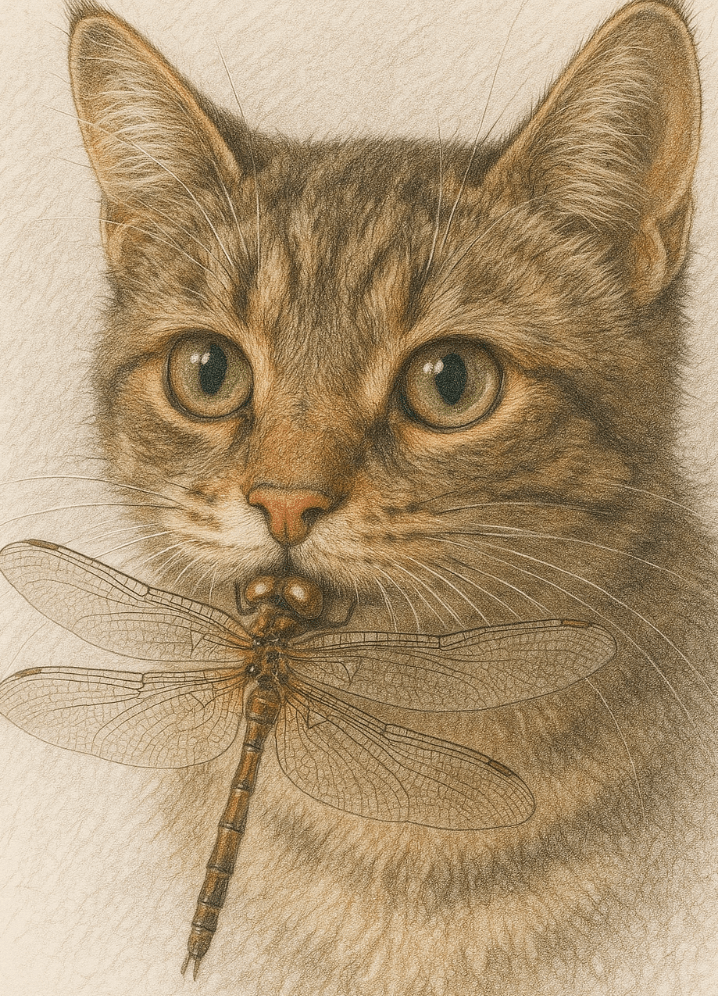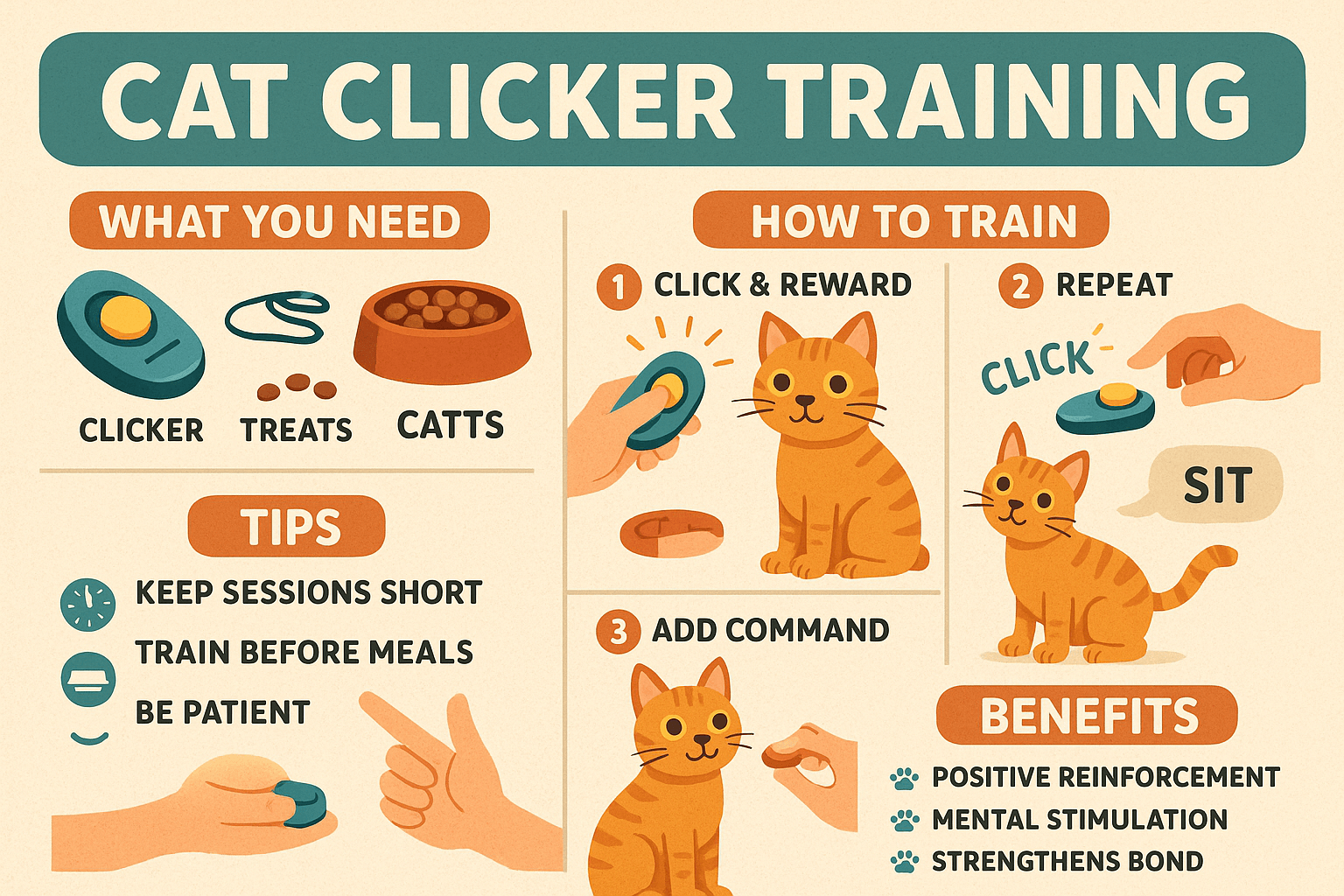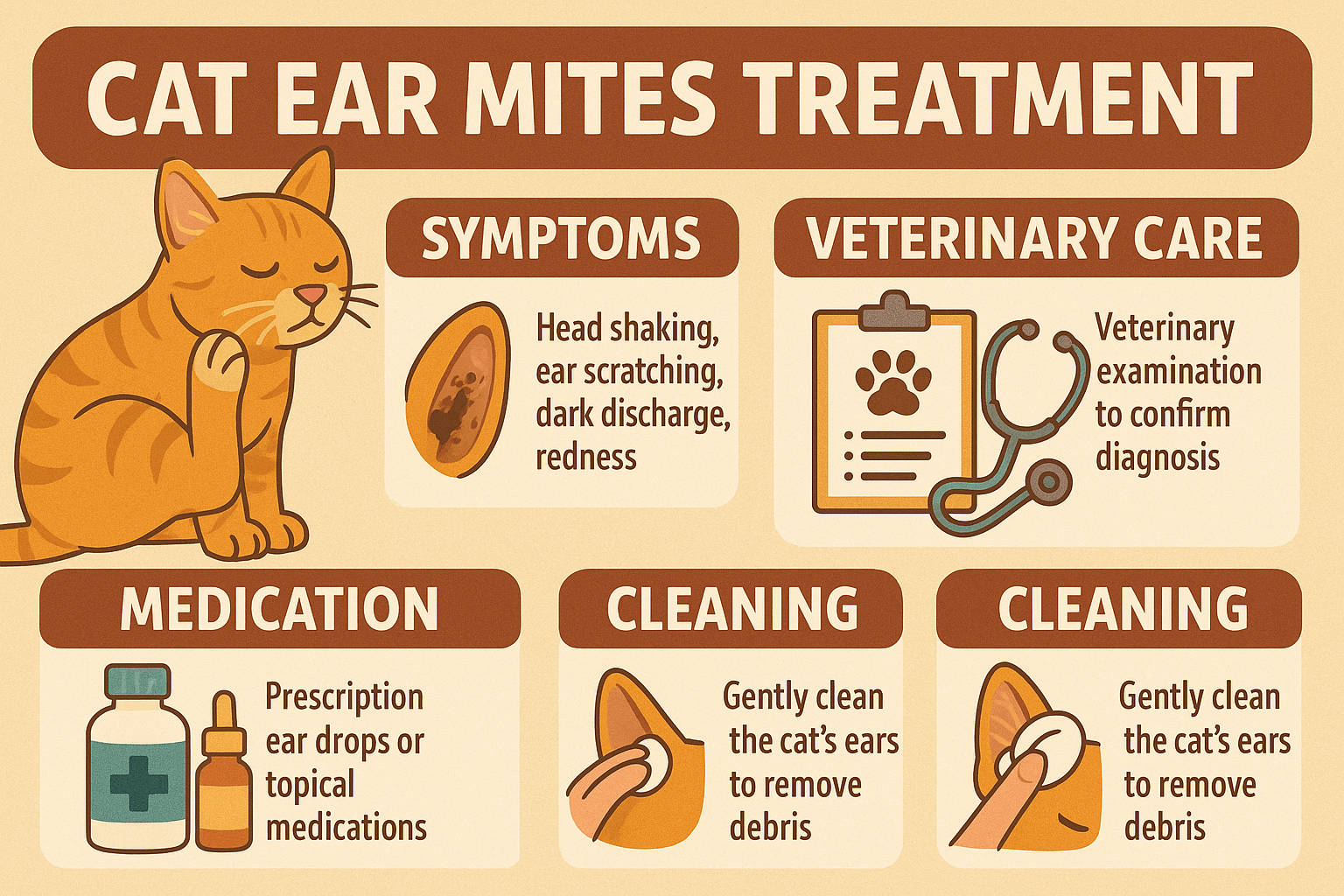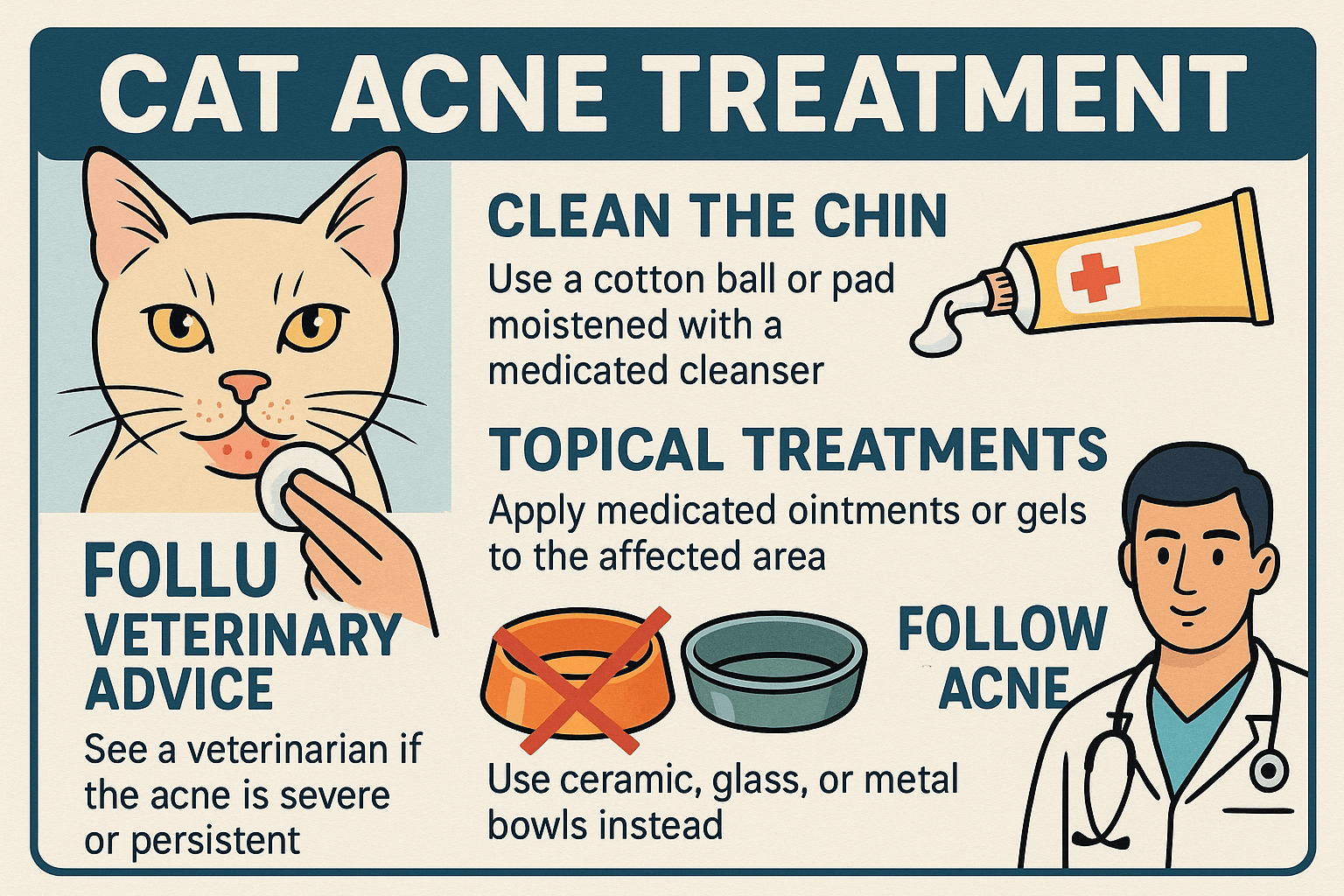Can Cats Eat Dragonflies?
Cats are natural hunters, and their curiosity often leads them to chase after small creatures like insects. One such insect that might catch your cat’s attention is the dragonfly. But can cats eat dragonflies safely? While dragonflies may seem harmless, it’s important to consider whether they pose any risks to your feline friend. In this blog post, we’ll explore the topic of cats eating dragonflies, examining potential dangers, benefits, and alternatives to ensure your cat stays healthy and happy. Whether you’ve spotted your cat playing with a dragonfly or simply want to be prepared, this guide will provide all the information you need.
Potential Risks of Cats Eating Dragonflies
While dragonflies themselves are not toxic to cats, there are several risks associated with your cat consuming them. Understanding these dangers can help you make informed decisions about your pet’s safety.
Pesticide Exposure:
Dragonflies may carry traces of pesticides or chemicals from the environment, which could harm your cat if ingested.Choking Hazard:
The wings and body of a dragonfly can become lodged in your cat’s throat, leading to choking or discomfort.Digestive Upset:
Consuming dragonflies might cause vomiting, diarrhea, or gastrointestinal irritation due to their exoskeletons.Parasites or Bacteria:
Dragonflies can harbor parasites or bacteria that may infect your cat if eaten without caution.Allergic Reactions:
Some cats may have sensitivities or allergic reactions to unfamiliar insects, including dragonflies.
These risks highlight why it’s essential to monitor your cat closely if they show interest in dragonflies or other insects.
Benefits of Cats Hunting Dragonflies (If Any)
Although there are risks, some argue that hunting dragonflies could offer minor benefits for cats. However, these advantages are limited and should be weighed against potential hazards.
Mental Stimulation:
Chasing and catching dragonflies provides mental enrichment and satisfies your cat’s natural hunting instincts.Physical Exercise:
Engaging in play with dragonflies encourages physical activity, keeping your cat agile and fit.Nutritional Value (Minimal):
Dragonflies contain protein, but the amount consumed by a cat is negligible compared to their dietary needs.Instinctual Behavior:
Allowing supervised hunting lets your cat express its predatory nature in a controlled setting.Bonding Opportunity:
Watching your cat interact with dragonflies can create shared moments of joy and connection.
While these benefits exist, they do not outweigh the importance of ensuring your cat’s safety during such activities.
Check this guide 👉Can Cats Eat Goji Berries? Best 7 Expert Tips!
Check this guide 👉Can Cats Eat Hemp Seeds? Best 7 Expert Tips!
Check this guide 👉Can Cats Eat Eel? Best 7 Expert Tips!

Safe Practices Around Dragonflies | Risks of Allowing Cats Near Dragonflies |
|---|---|
Supervise outdoor playtime | Pesticides or toxins on dragonflies |
Provide alternative toys for hunting | Choking hazards from wings or legs |
Check for signs of digestive upset | Parasites or bacterial infections |
Limit exposure to wild insects | Potential allergic reactions |
Consult a vet if issues arise | Digestive blockages from exoskeletons |
How to Safely Manage Your Cat’s Interest in Dragonflies
If your cat shows interest in dragonflies, there are steps you can take to minimize risks while still allowing them to explore their instincts.
Supervise Outdoor Time:
Keep an eye on your cat when they’re outside to prevent them from eating dragonflies unsupervised.Provide Interactive Toys:
Use feather wands or motorized toys to simulate dragonfly-like movements and redirect their hunting behavior.Inspect Your Yard:
Ensure your outdoor space is free of harmful chemicals or pesticides that dragonflies might come into contact with.Discourage Consumption:
Gently intervene if your cat attempts to eat a dragonfly, redirecting their attention elsewhere.Consult Your Veterinarian:
If your cat accidentally consumes a dragonfly, seek professional advice to rule out potential complications.
By taking these precautions, you can balance your cat’s curiosity with their well-being.
Signs Your Cat May Be Struggling After Eating a Dragonfly
Even with supervision, accidents can happen. Watch for these warning signs if your cat has eaten a dragonfly, as they may indicate underlying issues.
Vomiting or Diarrhea:
These symptoms suggest digestive upset or irritation caused by the dragonfly’s exoskeleton.Excessive Drooling:
Drooling could indicate nausea or discomfort related to something your cat has ingested.Lethargy or Weakness:
A sudden lack of energy might signal poisoning or infection from contaminants on the dragonfly.Pawing at the Mouth:
This behavior often points to irritation or a foreign object stuck in your cat’s mouth or throat.Loss of Appetite:
Refusing food may indicate pain or discomfort in the digestive system.
Recognizing these signs early allows you to act quickly and seek veterinary care if necessary.
Common Mistakes to Avoid When Cats Encounter Dragonflies
When dealing with your cat’s fascination with dragonflies, certain mistakes can increase the likelihood of problems. Avoiding these pitfalls ensures a safer experience for your pet.
Leaving Cats Unsupervised Outdoors:
Unattended cats may consume dragonflies without you noticing, increasing the risk of complications.Ignoring Signs of Illness:
Delaying veterinary care after ingestion can worsen minor issues into serious health problems.Using Harsh Deterrents:
Scolding or punishing your cat for chasing dragonflies can damage trust and create fear.Assuming Dragonflies Are Harmless:
Even non-toxic insects can carry harmful substances or parasites that affect your cat’s health.Neglecting Environmental Hazards:
Failing to check for pesticides or toxins in your yard puts your cat at unnecessary risk.
Avoiding these mistakes helps protect your cat while allowing them to explore their instincts safely.
Alternatives to Satisfy Your Cat’s Hunting Instincts
If you’re concerned about your cat’s interest in dragonflies, there are plenty of safer ways to satisfy their natural hunting drive.
Interactive Toys:
Feather wands, laser pointers, and plush mice mimic the thrill of chasing prey without the risks.Puzzle Feeders:
Food-dispensing toys engage your cat mentally and physically, rewarding them for problem-solving.Cat-Friendly Outdoor Enclosures:
Catio setups allow your cat to enjoy fresh air and observe wildlife safely.Training Games:
Teach tricks like fetch or agility courses to channel their energy constructively.Prey-Simulating Videos:
Videos of birds, fish, or insects can entertain indoor cats and fulfill their curiosity.
These alternatives provide enriching experiences while keeping your cat safe from potential dangers.
Understanding Your Cat’s Natural Prey Drive
Cats are hardwired to hunt, and their fascination with dragonflies stems from their evolutionary instincts. Understanding this behavior helps explain their actions and how to manage them effectively.
Hunting for Survival:
Wild ancestors relied on hunting small prey for sustenance, a trait domestic cats still exhibit today.Curiosity and Play:
Cats view moving objects like dragonflies as opportunities for fun and exploration.Territorial Marking:
Catching prey reinforces their sense of control over their environment, even if it’s just a bug.Visual Stimulation:
Dragonflies’ erratic flight patterns captivate cats, triggering their stalking and pouncing reflexes.Emotional Satisfaction:
Successfully “hunting” boosts confidence and provides emotional fulfillment for your cat.
By recognizing these instincts, you can better address your cat’s needs in a way that balances safety and enrichment.
Frequently Asked Questions About Cats and Dragonflies
Are dragonflies poisonous to cats?
Dragonflies themselves are not toxic, but they may carry harmful substances like pesticides or bacteria.
What should I do if my cat eats a dragonfly?
Monitor your cat for any unusual symptoms and consult your veterinarian if you notice signs of illness.
Can kittens eat dragonflies?
Kittens are more vulnerable to choking or digestive issues; it’s best to discourage them from eating dragonflies entirely.
Do cats enjoy eating dragonflies?
Some cats may find the experience satisfying due to their hunting instincts, but it’s not nutritionally beneficial.
How can I stop my cat from chasing dragonflies?
Redirect their focus with engaging toys or limit their access to areas where dragonflies are present.
Prioritizing Your Cat’s Safety Around Dragonflies
While dragonflies may seem like harmless prey for your cat, it’s crucial to approach their interaction with caution. By understanding the potential risks, providing safe alternatives, and staying vigilant, you can ensure your cat remains healthy and happy. Remember, your furry companion relies on you to make the best decisions for their well-being—so always prioritize their safety over curiosity or convenience. With proper care and attention, you can foster a harmonious relationship between your cat and the natural world around them.
Cat Clicker Training: Best 7 Expert Tips! Discover how to train your cat using clicker techniques, improve behavior, and strengthen your bond with simple, effective strategies.
Lorem ipsum dolor sit amet, consectetur adipiscing elit. Ut elit tellus, luctus nec ullamcorper mattis, pulvinar dapibus leo.
Cat Ear Mites Treatment: Best 7 Expert Tips! Discover effective solutions to treat and prevent ear mites in cats, ensuring your pet's comfort and health with expert advice.
Cat Acne Treatment: Best 7 Expert Tips! Discover effective remedies, prevention strategies, and expert advice to treat and manage feline acne for a healthier, happier cat.



